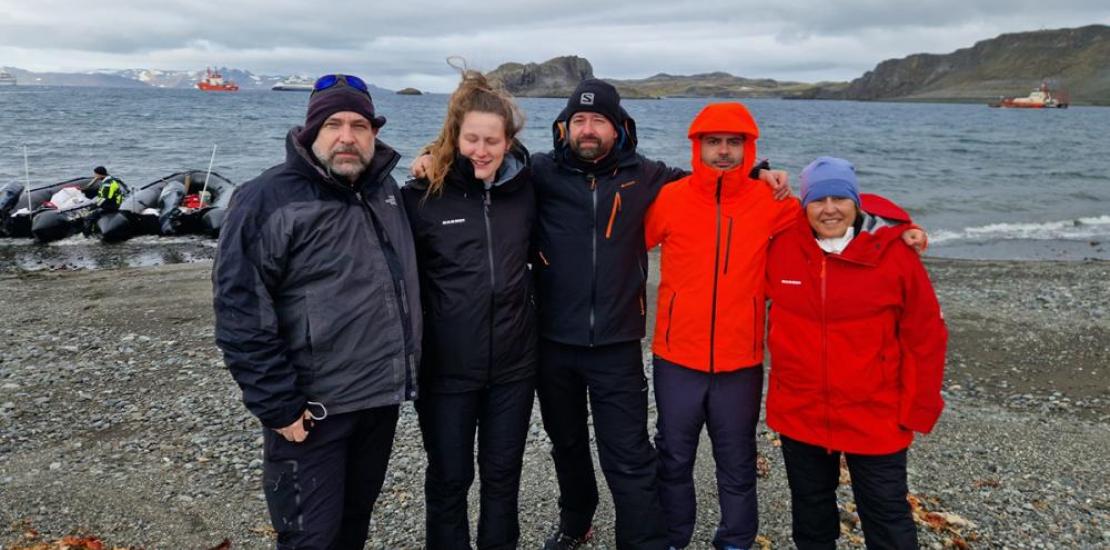Hesperides takes Fernando Berenguer, a UCAM researcher, to Antarctica
The scientist of UCAM Higher Polytechnic School, Fernando Berenguer Sempere, has stayed in the Spanish military base Juan Carlos I, located on Livingston Island (South Pole). In order to get there, the group of scientists of the PARANTAR project has had to fly in a small plane from Punta Arenas (Chile) to King George Island, in Antarctica. Once there, the research team had to get on the military vessel called Hesperides to reach their destination.
Since their arrival at the South Pole, the UCAM researcher has already been able to fly the first drones seeking to take several aerial photographs which will be used, through the photogrammetry technique, to build three-dimensional models that are identical to original glaciers. The most difficult challenges that they are facing are the strong winds and flight durations, since at least 30 minutes are needed to fly over the glaciers.
The ‘PARANTAR’ research, funded by the Ministry for Innovation and Science of the Spanish Government, has gone to the South Pole with the aim of studying the deglaciation that took place on this continent over the past years. The data collected through the interventions will also be useful to know ‘how the surface of the Earth has changed after the complete melting of glaciers’, said the UCAM researcher.
Fernando Berenguer has previously participated in several research projects regarding deglaciation. His journeys to Sierra Nevada, the Aragonese Pyrenees and the Picos de Europa (Peaks of Europe) stand out. On this journey, the UCAM researcher is collaborating with scientists of eleven institutions from Spain, France, the United Kingdom, Chile and Argentina.




